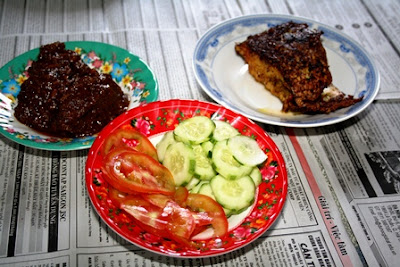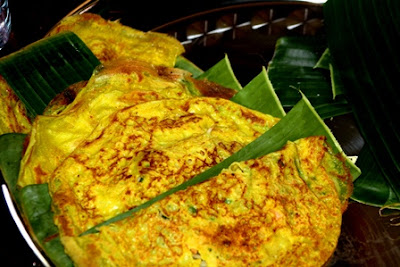A few blogs ago, I mentioned briefly about my Cham heritage and how excited I was about returning to Vietnam and visiting the ruins of my ancient kingdom. A few of you commented that you would like to know more about the Kingdom of Champa, its history, its people and so forth so I thought I would dedicate a blog or two to this topic, interspersed with photos I had taken while I was there.
History
The history of this "mysterious" kingdom is quite sketchy. While there are definite links with Malaysia, the claim that Chams come from Malays is not accurate, according to many scholars. Admittedly, I know that some of my siblings, growing up in the States, told friends they were Malays as it was easier than explaining the whole "Cham situation"; it was close enough.
According to Michael Chick (2009) from the National University in Singapore, Chams and Malays are indeed cousins of one another, a cross-bred of the Dravidic and Mongoloid peoples. (I realise that I have included a very long quote, but there is so much good stuff here that I did not want you to miss out on..). Enjoy!
"Six thousand years ago, this new Austronesian race, as a result of the successful Dravidic-Mongoloid cross-breeding in southern China, started migrating towards Taiwan. Today, the leftover tribe of this earliest migration is known as the Alisan.
From Taiwan, they crossed the sea into the Philippines. They then split into two groups. One moving into the Celebes Islands (Sulawesi), and the other into Borneo. While this was happening, the Austronesians who were left behind on the Amoy Coast decided to start migrating again.
But this time, south-westward. These brown skinned Austronesians walked right past Hanoi, and settled on the entire central Vietnamese coast. Proof of this lies in the archaeological sites of Hoa Binhian, Sah Hyun, and Dong Song. The artefacts will include uni-facial and bi-facial stone tools, curved axes, pottery, and the detail-etched copper drums of the Dong Song.
These Austronesians would be known today as the Cham people, of the Champa Kingdom. At this same moment, their Austronesian cousins (who travelled from Taiwan, to the Philippines, via the Celebes, into Java, Sumatera,) would have arrived on the Malayan peninsula on the very same day." http://d.hatena.ne.jp/itunalily2/20090205
 |
| Source: http://www.angkorianwarrior.com/history.html |
I will cover the more "recent" (192- 1832) Cham history in the next blog.





















































